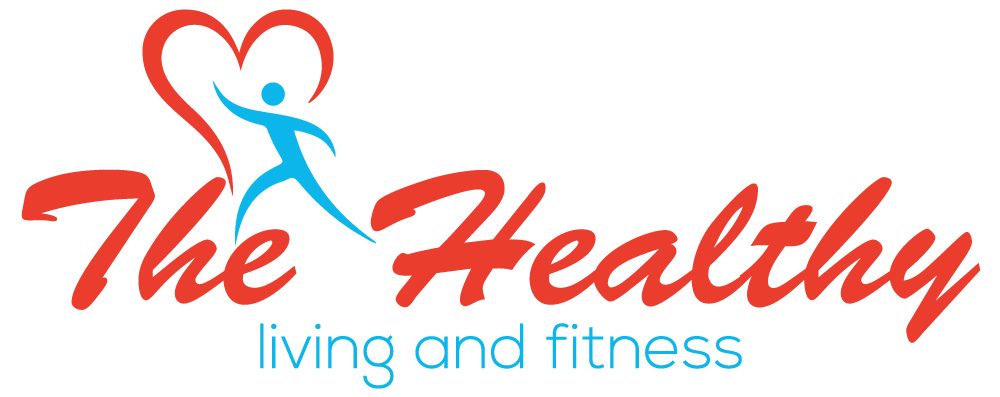There is so much more to our mind and we don’t realise. For example, consciousness is something that is still being figured out today, as well as our subconscious and unconscious mind. Mindfulness has been practised for thousands of years. It’s believed that Western mindfulness is rooted in Buddhism and Hinduism, and it’s these practises that have contributed to the current principles of mindfulness today.
What is mindfulness?
Mindfulness is where you become more aware and conscious of the present moment and your experiences. Mindfulness is actively embracing life, it’s important that we spend more time in our conscious brain. Consciousness is our awareness to the present and the things in it; the here and now.
We need to learn to live in the moment and spending less time in our subconscious. Mindfulness is the opposite of autopilot. We must learn to turn off our ‘autopilot’ so that we can explore our lower levels of consciousness and learn that we have more time than we believe, the things around us may be part of a deeper meaning, and we participate in the creation of our lives. Studies have found that our minds wander 47% of the time, during this period it is highly likely that you may be thinking about unhappiness or ways to prevent unhappiness.
Things mindfulness can help
Mindfulness has shown to vastly improve mental health for example,
- Decreased stress
- Reduced anxiety and depression
- Lower rumination / looping thoughts
- Improved general health
- Increased body satisfaction
- Improved focus and working memory.
- Enhanced quality of sleep
Forms of mindfulness
Mindfulness can be practised in a variety of different forms. For example, mindful meditation which is the mental practise and training of slowing down your thoughts, calming your body and mind, acknowledging your thoughts but not letting them linger and helping you process, as well as focusing on your breathing and being aware of your body, mind and connecting them.
In addition to this, mindful breathing is one of the easier activities and there are different types of breathing you can try. One example is belly breathing, where you put one hand on your chest and one on your belly and just notice your breathing! Follow your breath all the way from your nose, to your throat and chest. Feel and notice your belly expanding, at the end of your breath notice your belly and hand pull back in and how your breath travels up your belly, chest and throat and it being exhaled out your body. Other mindfulness practises include,
- Mindful listening
- Mindful speaking
- Mindful eating
- Mindful doing
- Mindful observation
- Mindful concentration
- Awareness of your body
- Releasing tension
- Walking meditation
Becoming more mindful can be difficult as mindfulness is best done as a daily practise. Even if it’s only a few minutes a day, the more you practise the easier it gets and it becomes more of a habit. After a while you can use your practises to help ground you and relieve anxiety in stressful situations.
